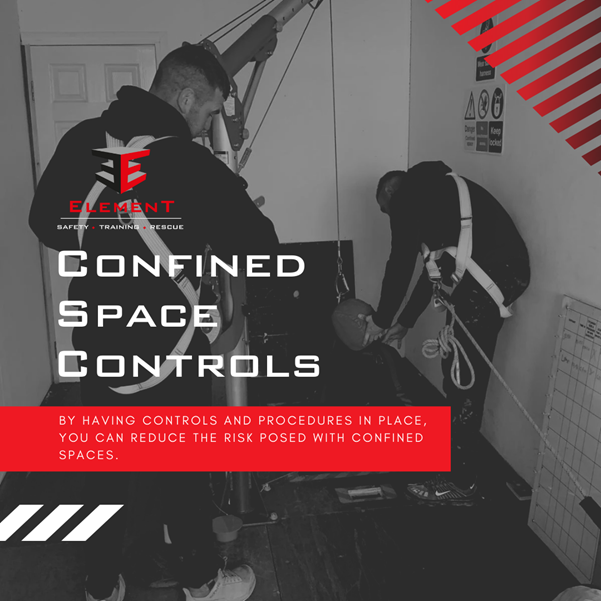The Risks of Working in a Confined Space without Training
Within numerous industries, employees often face the challenging task of working in confined spaces and confined space risks. From underground tunnels and storage tanks to crawl spaces and manholes, these tight and restricted environments can present serious risks to those who enter without sufficient training. Although confined spaces are necessary for various operations, failing to recognise and address potential hazards can lead to severe consequences for workers’ health and safety. In this blog post, we will explore the dangers associated with working in confined spaces without appropriate training, highlighting the significance of education, awareness, and precautionary measures.
Limited Entry and Exit Points:
One of the critical risks in confined spaces is the limited entry and exit points. These spaces are typically designed to accommodate specific tasks and may have restricted openings. They’ve often been designed for the task, rather than allowing humans to enter/exit and allow rescue in the event of an emergency, such as a fire, toxic gas release, or equipment malfunction, meaning workers may struggle to evacuate swiftly. Without proper training, individuals may be unaware of what actually is a confined space, it’s emergency procedures, evacuation routes, or the correct use of safety equipment, thereby increasing the likelihood of accidents and injuries.

Hazardous Atmospheres:
Confined spaces are prone to the accumulation of hazardous atmospheres, including toxic gases, flammable substances, and oxygen-deficient environments. Without appropriate training, workers may lack the knowledge to identify, monitor, and mitigate these risks effectively. Insufficient ventilation and inadequate understanding of air quality testing can expose workers to life-threatening conditions, such as asphyxiation, chemical poisoning, or risk of fire or explosion.
Physical Hazards:
Confined spaces and restricted spaces often present various physical hazards that can lead to injuries or even fatalities. “Restricted” spaces can limit mobility, making it difficult for workers to manoeuvre, maintain balance, or escape entrapment, but may not have one of the 5 specified risks, so the space won’t be fully or partially enclosed – otherwise it would be defined as “confined”. Additionally, workers may encounter exposed electrical wires, falling objects, slippery surfaces, or unstable structures. In the absence of proper training, individuals may be unaware of these risks and fail to take necessary precautions, thereby endangering themselves and others – whether in a confined space or not.
Entrapment:
Certain confined spaces pose a significant risk of entrapment. These situations occur when workers become trapped in substances like grain, sand, water, or chemicals, resulting in suffocation or drowning. Without training, workers may fail to recognise the hazards associated with these materials or understand the appropriate protocols for handling them safely. Prompt action and knowledge of rescue procedures are crucial to prevent tragic outcomes in such scenarios.



Conclusion:
The risks of working in confined spaces without proper training should not be underestimated. Adequate education and training are vital in equipping workers with the knowledge, skills, and awareness necessary to identify hazards, implement preventive measures, and respond effectively to emergencies. Employers play a crucial role in providing comprehensive training programmes and ensuring adherence to safety protocols. By prioritising training and fostering a safety-conscious environment, organisations can protect the well-being of their workforce and mitigate the potentially devastating consequences associated with working in confined spaces. Remember, education and awareness are key to a safer and healthier working environment for everyone involved.
